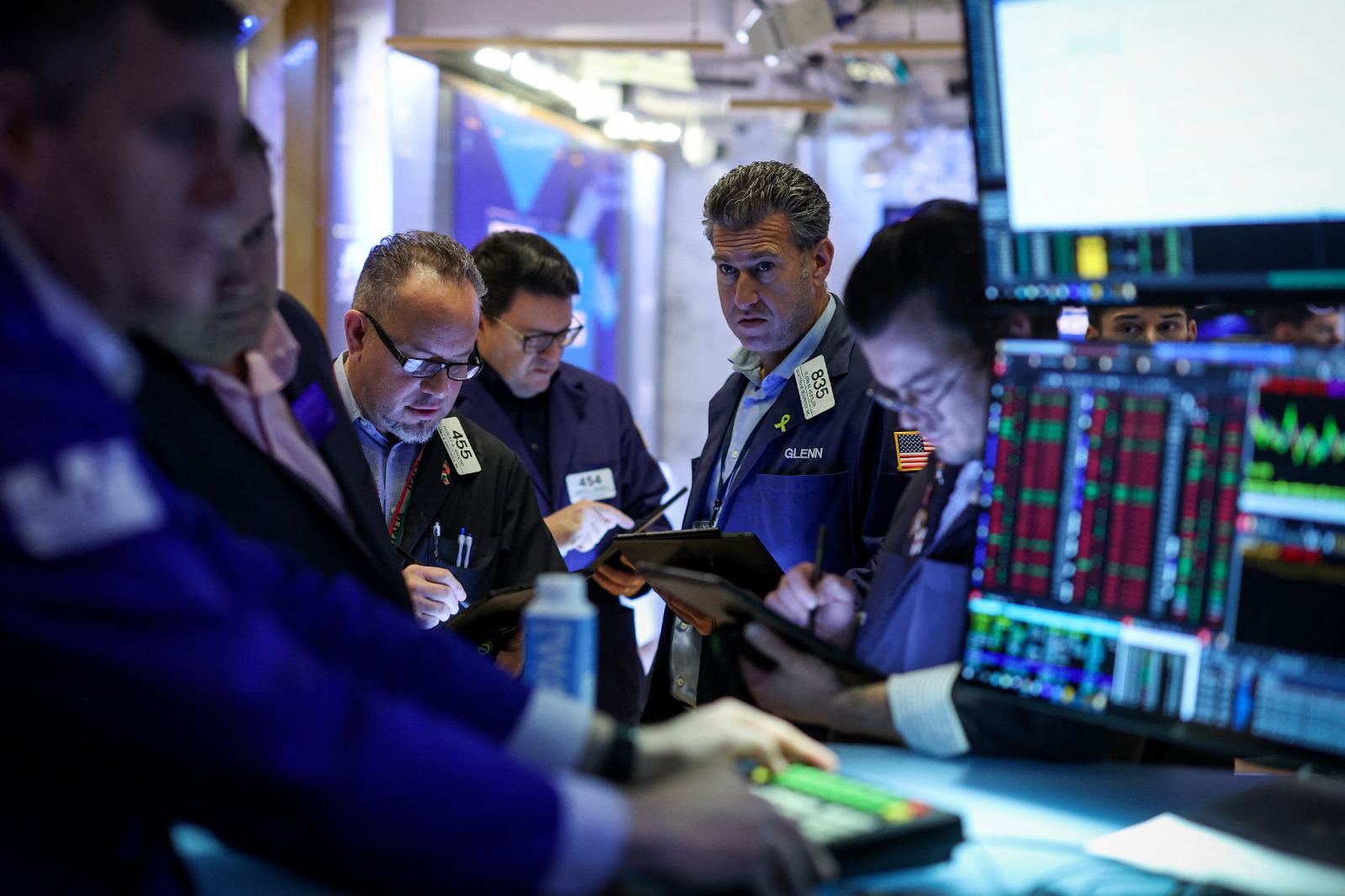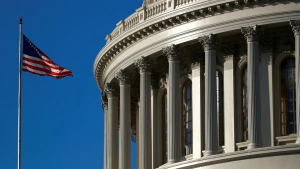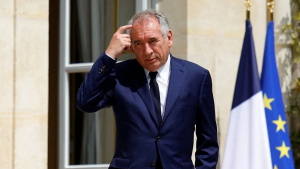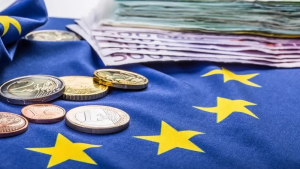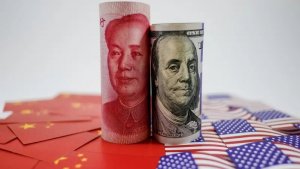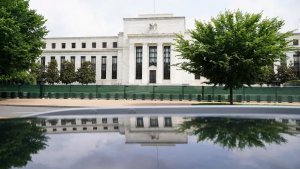Global shares were boosted on Monday by a U.S. inflation reading offering some hope for further policy easing next year, along with relief that Washington had averted a government shutdown.
After a recent central bank decisions bonanza, this week only has the minutes of a few of those meetings, while there are no Federal Reserve speeches and U.S. data is secondary. The main market themes remain largely the same, with the dollar underpinned by a relatively strong economy and higher bond yields, which in turn is a burden for commodities and gold.
European markets have come under fire in the past few weeks, as investors have doubled down on their holdings of U.S. equities and the dollar. The STOXX 600 (.STOXX), opens new tab, which was 0.15% lower, is heading for a 4% fall this quarter, its worst quarterly performance in 2-1/2 years, compared with a 3% gain in the S&P 500 (.SPX), opens new tab. The euro has hit two year lows in recent weeks and is also heading for its weakest quarterly performance against the dollar since the second quarter of 2022, down 6.5%.
Investors have grown gloomier about the outlook for the euro zone economy, particularly in light of U.S. President-elect Donald Trump's threat to impose hefty tariffs on regional exports to his country.
"We did adjust our path for euro/dollar a bit lower for next year, while risks remain tilted towards an even stronger dollar, as most topics on Trump’s agenda – including lower taxes and regulation, trade war, mass deportations and a controversial attitude relative to geopolitical tensions – have the potential to boost the dollar," Nordea strategist Jan von Gerich said. After a bumpy week for stocks, Wall Street's main indexes ended Friday with gains after cooler-than-expected inflation data eased worries about the path of interest rates.
Political turmoil in two of the euro zone's key engines of growth - Germany and France - have weighed on investor confidence in Europe, while the U.S. economy has shown no real signs of weakness, with employment growing, inflation gradually declining and business activity proving robust, which has pushed the S&P 500 to record highs this year.
"In the U.S., the economy is still proving resilient but with increasingly divergent trends due to the effect of Donald Trump’s election," strategists at asset manager Edmond de Rothschild said in a note.
In Asia, Japan's Nikkei (.N225), opens new tab gained 1.2%, while the Topix automaker index climbed 1.3% helped by signs of progress in a potential merger between Honda and Nissan. The MSCI All-World index (.MIWD00000PUS), opens new tab, which has gained 16% this year, was up 0.2% on the day.
Looking ahead to the start of trading on Wall Street, S&P 500 futures were up 0.3%, while Nasdaq futures rose 0.5%. The S&P 500 fell almost 2% last week and the Nasdaq 1.8%, though the latter is still up 30% for the year. U.S. futures are implying roughly two quarter-point cuts are priced in for next year, which would bring the benchmark rate to a range of 3.75-4.0%. Just two weeks ago, that expectation was closer to a range of 3.50-3.75%.
As a result, 10-year Treasury yields haven risen sharply, surging almost 42 basis points in two weeks to around 4.54%, marking the biggest such increase since April 2022.
In currency markets, the dollar index held near two-year highs at 107.96 , having gained around 2% this month. The euro fell 0.2% to $1.0409, having fallen skimmed two-year lows last week below $1.04. Against the yen, the dollar edged up 0.1% to 156.55 .
Oil prices edged higher along with other risk assets, though the high dollar remains a burden as are concerns over Chinese demand following weak retail sales figures last week. Brent crude futures rose 0.2% to $73.07 a barrel, while U.S. crude gained 0.3% to trade at $69.62.

